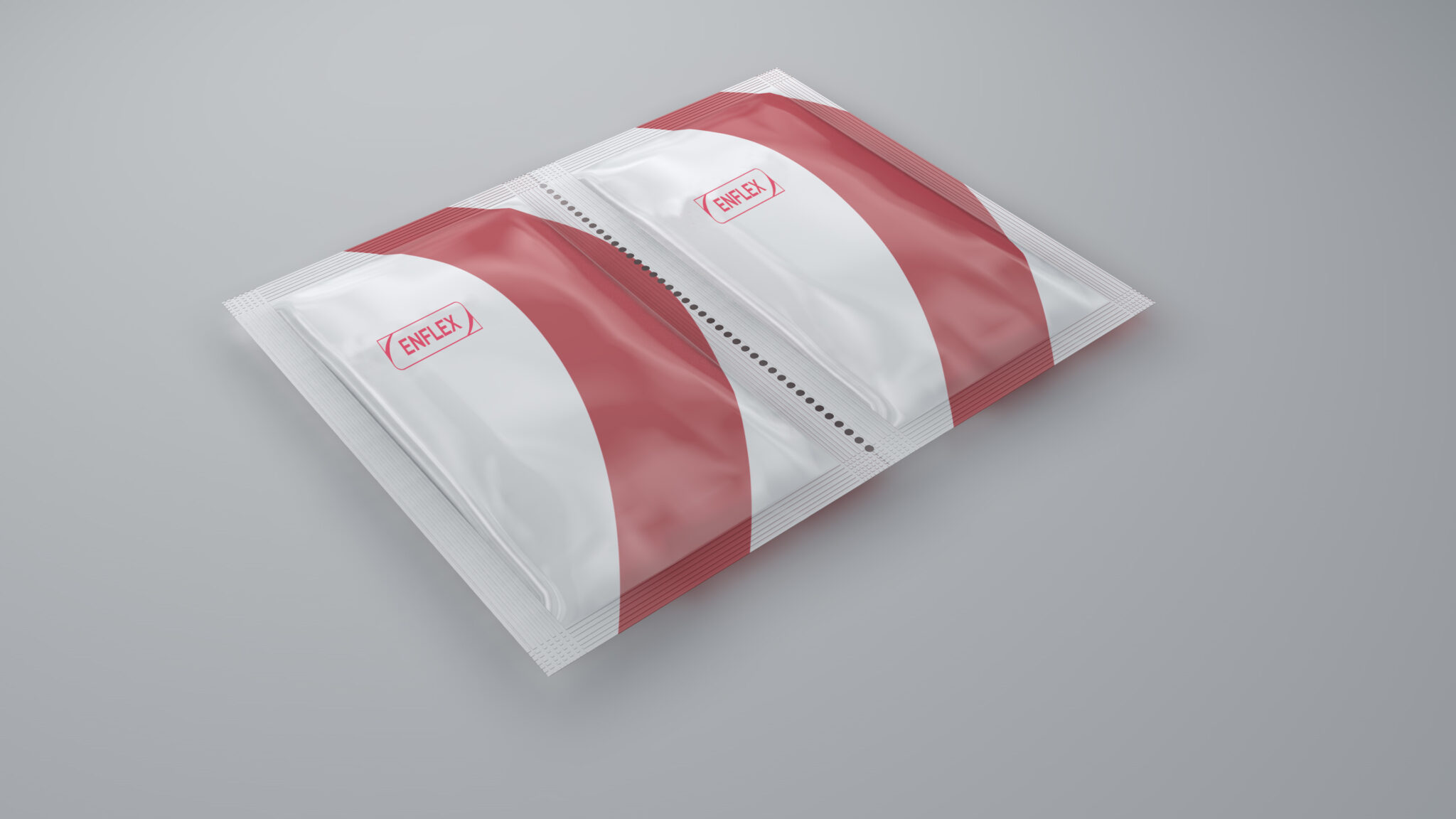Phil Swinn, Special Projects Manager at Thermal Printer Support Ltd (TPS), a leading UK specialist supplier of thermal transfer printers, associated hardware and support, explains how a combination of staff shortages and the need to improve fulfilment speed and accuracy are driving the pace of automation in warehouses.
Are you looking to work smarter and faster in the post pandemic world? Are staff shortages putting a spanner in the works? Is it time to move away from too much reliance on human assistance for tasks that can easily be automated?
While many in logistics have already embraced automation or are poised to do so, others are daunted by the prospect of some processes being taken out of human hands. However, based on a Forbes survey, 60% of respondents indicated automated warehouse investment was ‘Very Likely’ this year, while a further 19% said ‘Likely’.
Automation is a cost-effective way to tackle labour shortages which are a common problem in many sectors. Take labelling. This is a mundane, repetitive but crucial function. When dealing with high volumes of labels per day it only takes one oversight to slip through the net and you have a potential risk for the consumer. Automated labelling systems can prevent sleepless nights.
Don’t get in a pickle over changes
To ensure consumers’ trust in what they are purchasing, detailed information must be clearly visible on labels. They also have to carry a descriptive name, for example, cheese and pickle sandwich, while all label and ingredient information should be clearly legible, using regulation font size. This legal requirement was enforced following the introduction last year of Natasha’s Law, and software exists that automatically highlights any allergens for compliance with that law.
For example, if a supplier adds spices for a ready meal, labels will need checking and amending accordingly, to remove risk. Using an automated system helps with substitutions. Also, consideration has to be given to how the labels are being used. Is the product being aged for the oven or is the food frozen, with the risk of the adhesive failing? One solution doesn’t fit all.
We have seen demand for automated labelling solutions shoot up with manufacturers looking to boost productivity. The covid pandemic accelerated the shift to e-commerce to keep up with this growth and to compete effectively across multiple market sectors. Automation is no longer just a competitive advantage – more so a necessity for many businesses.
For example inline verification when printing barcode labels. This automatically picks out and discards defective labels that won’t scan, reprinting a replacement. The end result is the elimination of rejected deliveries, perhaps even the disposal of food as well as costly charge backs and fines for non-conforming labels. As a solution, it’s faster, less expensive and less prone to human error.
Getting more from less
Improving fulfilment speed and accuracy are driving the pace of automation and robot adoption throughout the supply chain. Finding, hiring and keeping employees is proving problematic as there are now not as many people going into manufacturing and distribution as in the past because of the historical requirement for shift work versus people’s desire for a better work/life balance.
Automation is the buzz word for integrated warehousing solutions, materials handling, packaging and transportation. Automatic guided vehicles (AGVs) in large distribution centres are transforming the industry but you still may still have a similar amount of human input due to both the software and mechanical equipment service/maintenance involved.
Meanwhile, robotisation is ideal for highly-regularised environments operating repeat processes, but in many circumstances the irregularity of sizes, weights and often unreliable or variable quality of supplier products will fox the current levels of AI. As soon as you get a non-standard item you will probably need a human to sort it. Rather than labour saving it’s more like an exchange of labour.
The workplace landscape is changing. Many businesses are looking to implement advanced warehouse management systems to meet customer demand with fewer employees, such as cloud accessibility of equipment. The latest labelling systems support this with a PC and mobile app to control label applicators from anywhere, anytime.
Real time calculation of labelling autonomy, in pieces and residual time will let you know before production stops so you can replenish media more quickly, thus increasing efficiency. Human interventions are few and far between so an automated applicator or print & apply system will likely pay for itself very quickly – making it a great investment.
Automation is a safer solution
The latest printing innovations make light work of creating complex labels. They are suitable as a single standalone application or as a network package. A range of comprehensive features reduces the risk of input errors and time-wasting duplication of data. There is no requirement to manually interact with the data, taking away the risk of missing key information when there is a whole list of things to display – saving time as well as potentially saving lives.
The print industry has been supporting businesses with the equipment, labelling guidance and sector-specific advice they need to implement the changes. For example, there are around two million people living with food allergies in the UK. If improving the clarity of information and efficiency on labelling can prevent tragic deaths, that can only be a positive thing.










